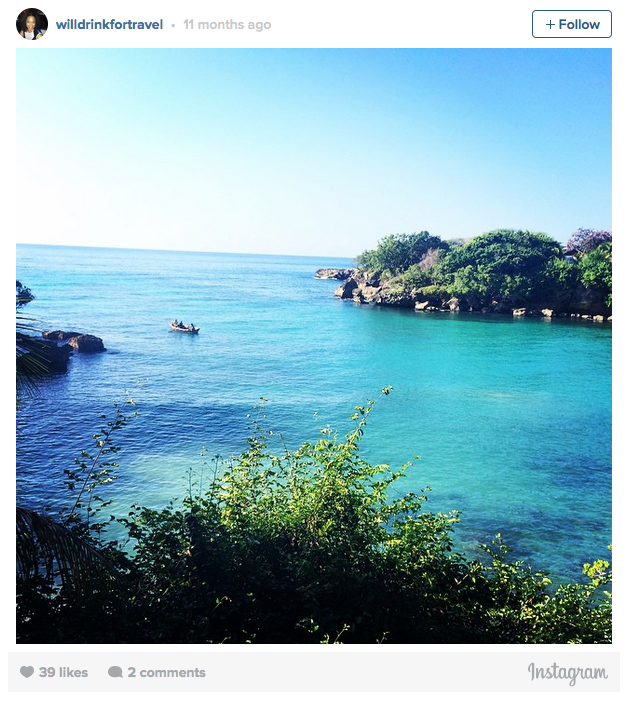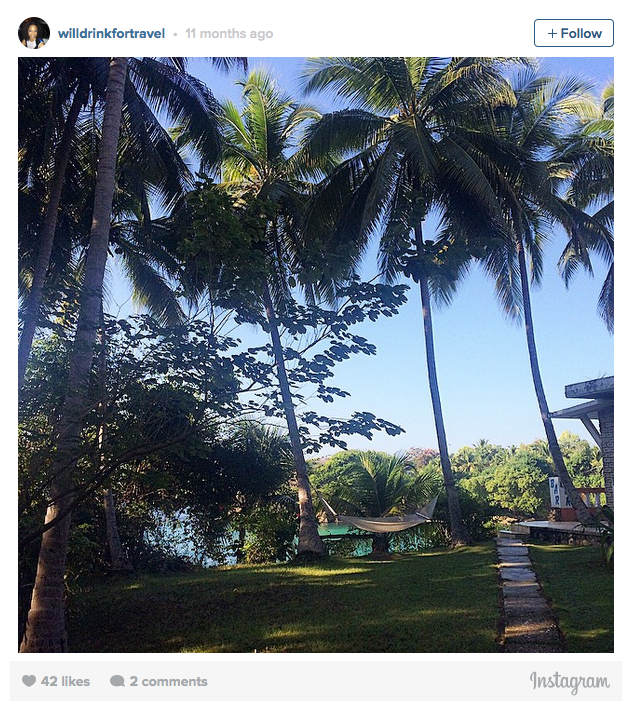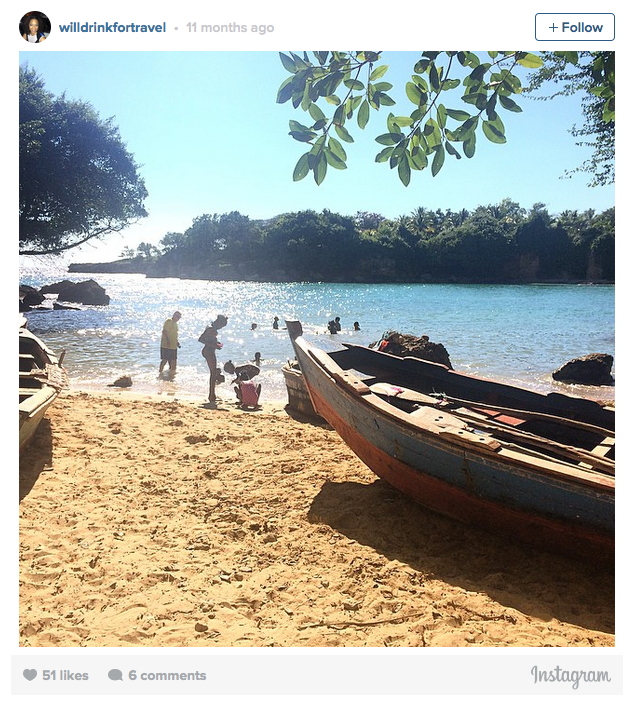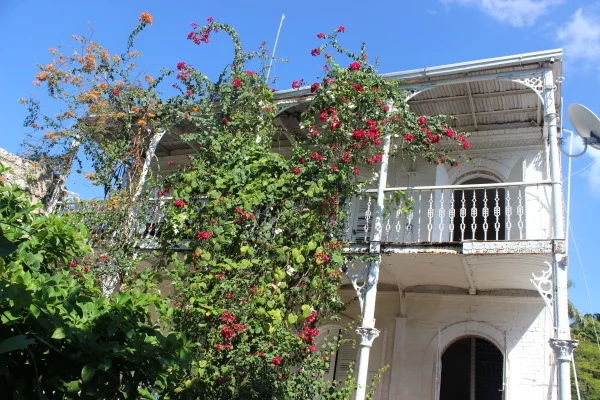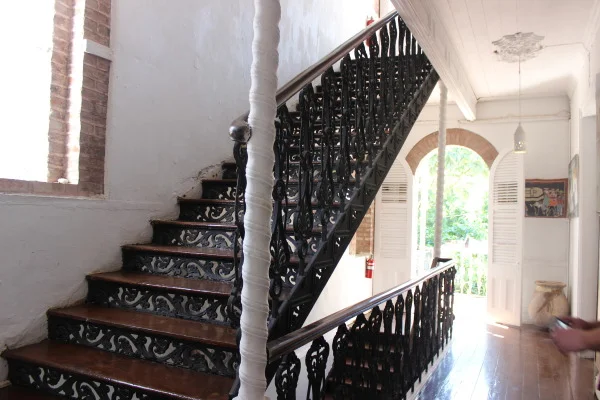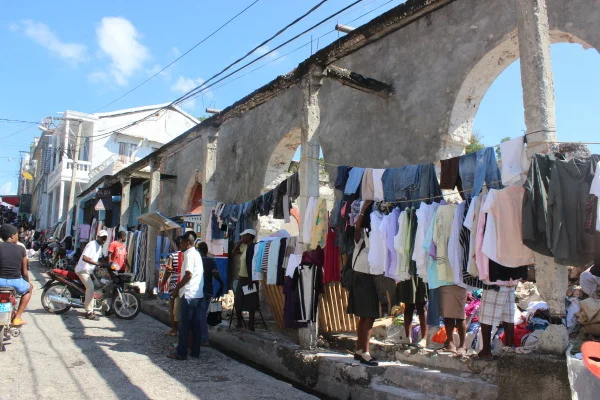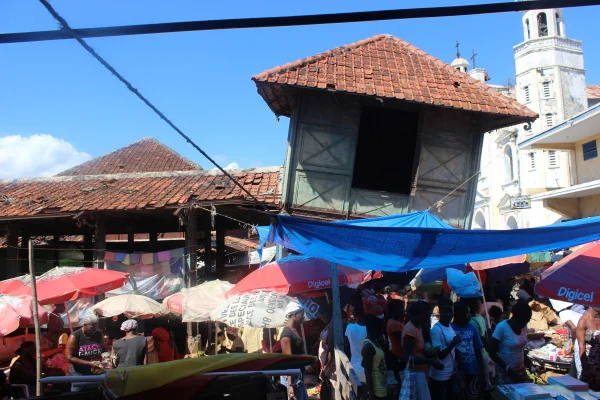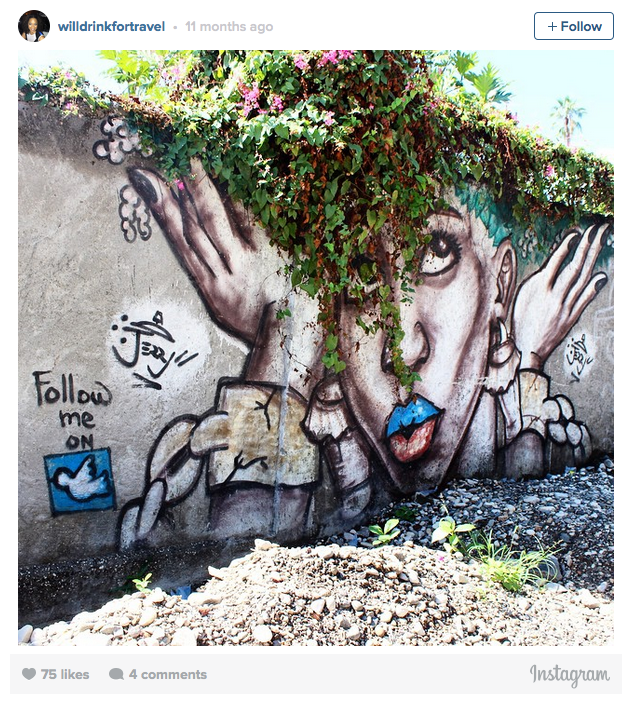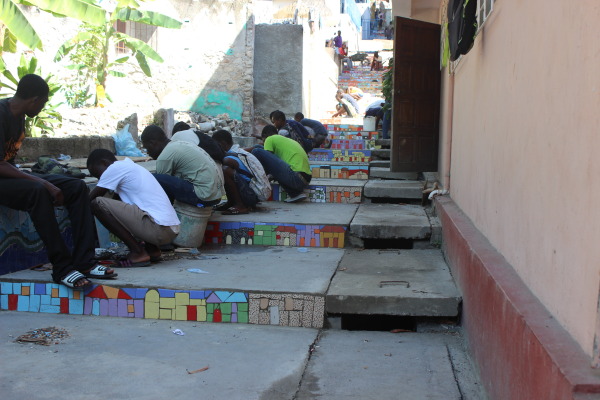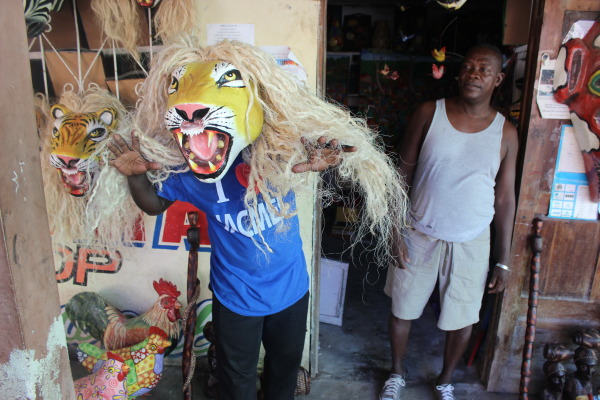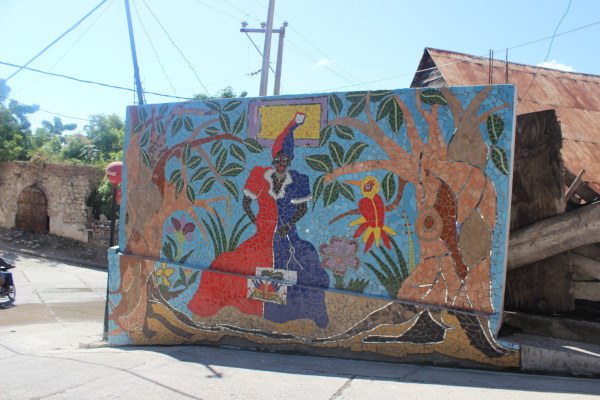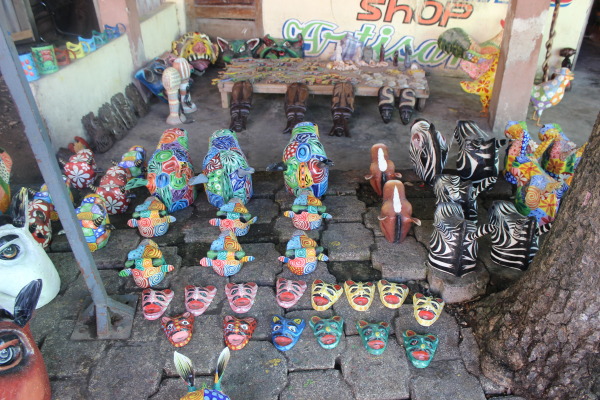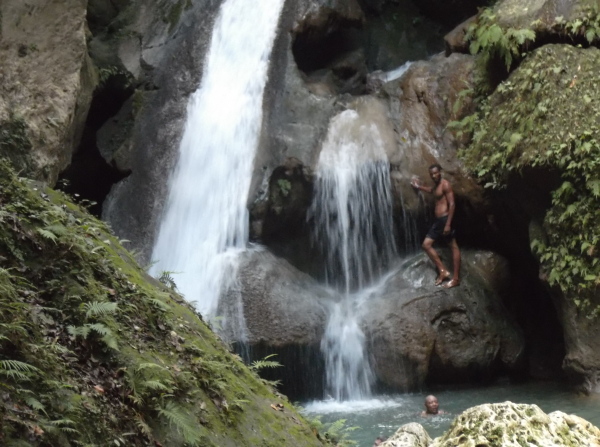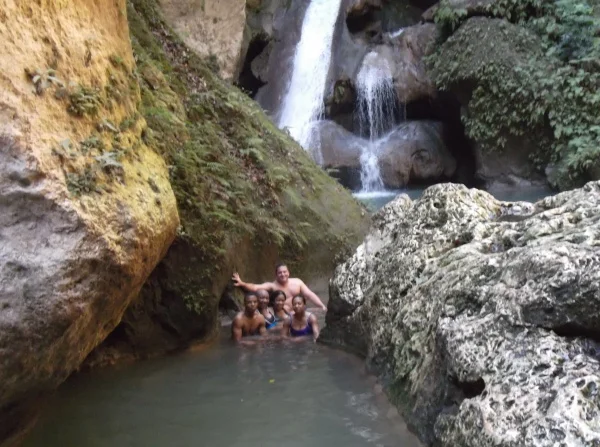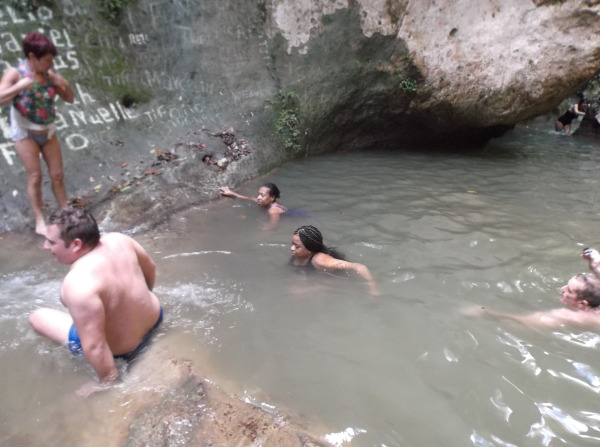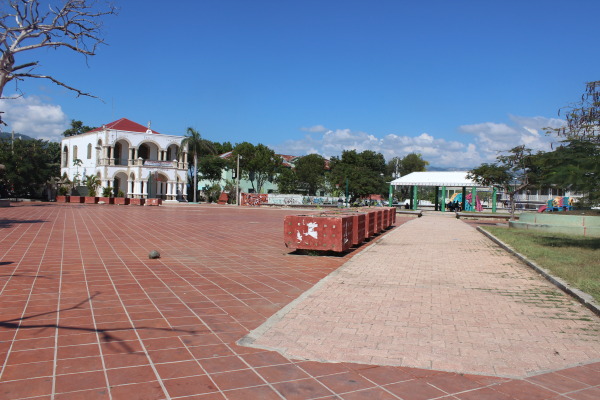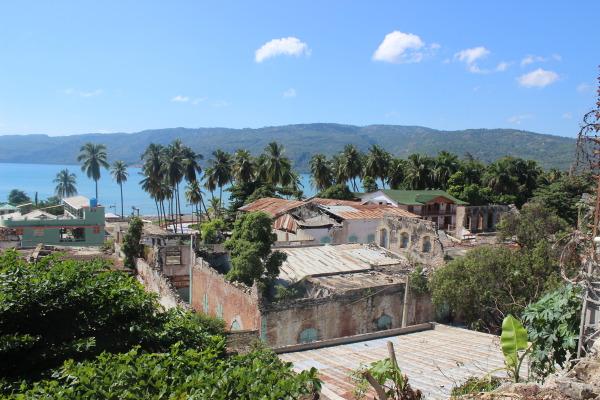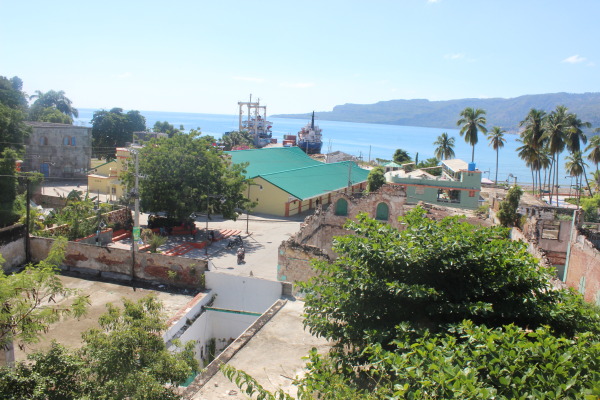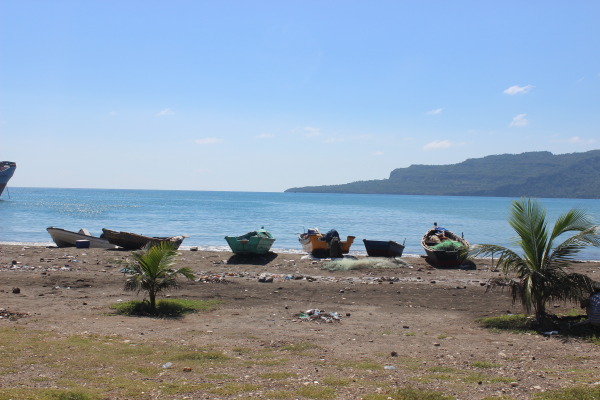Thanks to the lovely people at the Curaçao Tourism Board and my guide for the day, Stephen, I was able to tour the colorful and vibrant capital city of Willemstad in Curaçao. The island is like a melting pot, home to less than 150,000 residents from over 55 different cultures. While Curaçao is famous for its Queen Emma Pontoon Bridge and floating markets, I loved experiencing Curaçao through the eyes of a local.
Stephen and Me
Curaçao Liqueur Factory
Our first stop was to the Curaçao Liqueur Factory. As you can see from this website, we love learning about spirits and their origins. Through the self-guided tour, it was interesting to learn about the 115-year history of this revered spirit as well as seeing it being bottled and boxed for shipment. Fun Fact: The United States is the only country where this spirit is exported.
“The Genuine Curaçao Liqueur” is the only liqueur that is made of the peels of the “Laraha” (the bitter orange native of Curaçao). I also learned that the logo of the official Curaçao Liqueur is the palm tree on the bottle. If the palm tree isn’t there, it’s not the official liqueur. More to come on this later!
At the end of the tour, we were able to try each of the 5 liqueur flavors, which were also available for purchase in the gift shop.
Floating Markets
Next, we stopped by the floating markets where foods and crafts are sold to locals and tourists alike. Stephen explained that a lot of the boats come from Venezuela and sell the fish they pick up along the way at the floating markets in Curaçao. I didn’t get a chance to try any of the fish or produce, but it looked fresh and ready to eat.
I loved the variety of artwork and crafts available. The prices were reasonable and the vendors were open to negotiation. It’s a great place to buy souvenirs for family and friends.
Marshe Bieuw
Stopping by Marshe Bieuw was probably one of my favorite stops on our tour. This is the place where locals go for lunch. It felt like a true, authentic experience to Curaçao. We even saw a local politician shaking hands and kissing babies.
I ordered the beef and it came with a side of brown rice, plantains and salad. With drink, the total meal cost about $12, which isn’t bad considering it’s a home cooked meal and was probably the cheapest and best meal I had during my entire trip. The menu changes every day, so unfortunately one of the local dishes, cactus soup, wasn’t available. Looks like I’ll have to go back just to try it since it comes highly recommended by locals!
Our last stop was the Netto Bar, a bar dating back to 1954 and famous for making its own rum. It’s known as ‘Rom Berde’ or ‘Green Rum’ and it’s sold at the bar and in grocery stores around the island. To try a shot of it was about $1. With hints of anise, it was delicious and a local favorite.
After seeing Curaçao with Stephen, interacting with the locals, trying the foods and drinks, Curaçao has been successfully added to my ‘Favorite Island’ list. I loved the laid back culture, friendly people and warm weather. Thanks for a ‘Dushi’ (sweet) time, Curaçao! Until next time…






















